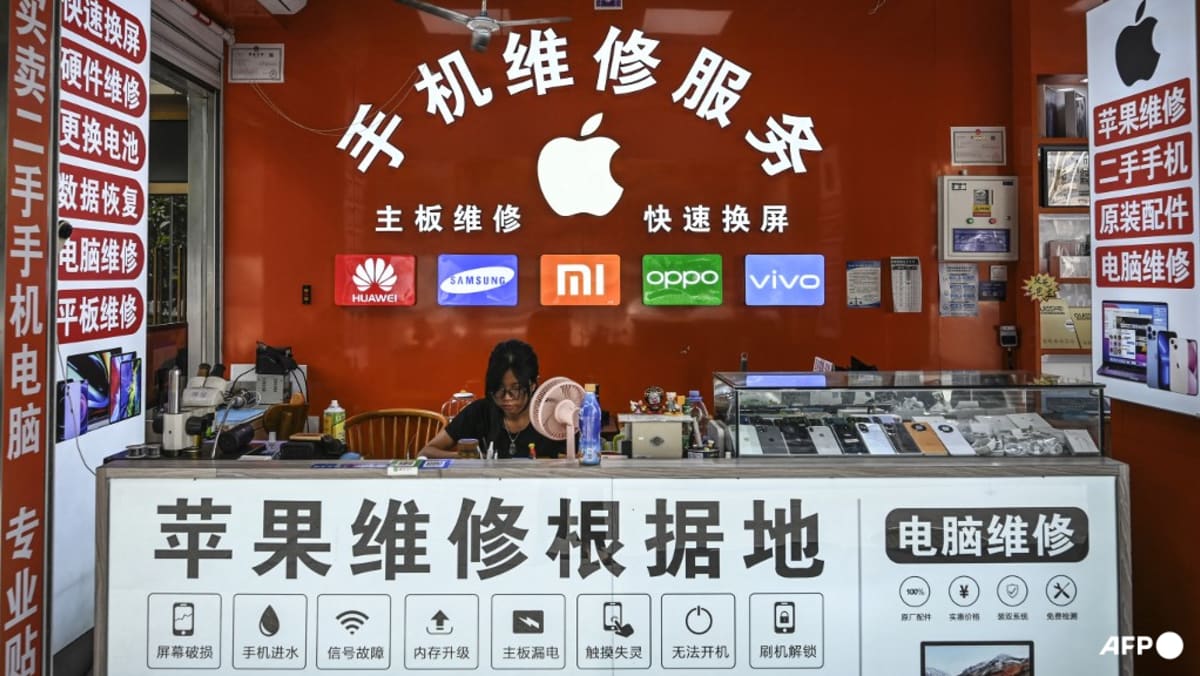The bustling commercial streets around one of the world’s largest electronics markets belie a secret inside its malls that illustrates how fast tariffs have hit China’s semiconductor traders.
Outside, with swarms of pedestrians and scattered workers carrying black plastic bags and pushing carts stacked with boxes through Huaqiangbei – a subdistrict under the southern tech hub of Shenzhen – it would almost seem like the tariff war has had little impact on the area’s day-to-day operations as goods are prepared for shipping across the country and beyond.
But heading inside, a chill can be felt – especially in the chip section – with little to no foot-traffic.
“Orders have plunged since last week,” said a chip distributor who spoke on condition of anonymity. “We’ve had almost no orders in recent days due to the price increase.”
The price of a single central processing unit (CPU) – the brain of a computer – from Intel or AMD, the most common chips on the market, has increased by 10 to 40 per cent, the distributor told the Post.
Most of the chips circulating in Huaqiangbei appear to be sourced from the US and mainly serve domestic buyers. They are immediate victims of the US-China trade war – the first to feel the supply-chain pinch from tariff hikes.
After a series of back-and-forth tariff salvoes, as it stood on Tuesday, US President Donald Trump had imposed a 125 per cent duty on Chinese imports since April, on top of 20 per cent imposed earlier this year, bringing the effective cumulative rate to about 156 per cent.
And with its swift retaliation, Beijing’s new levies on US goods have risen to 125 per cent, also on top of previous tariffs.
